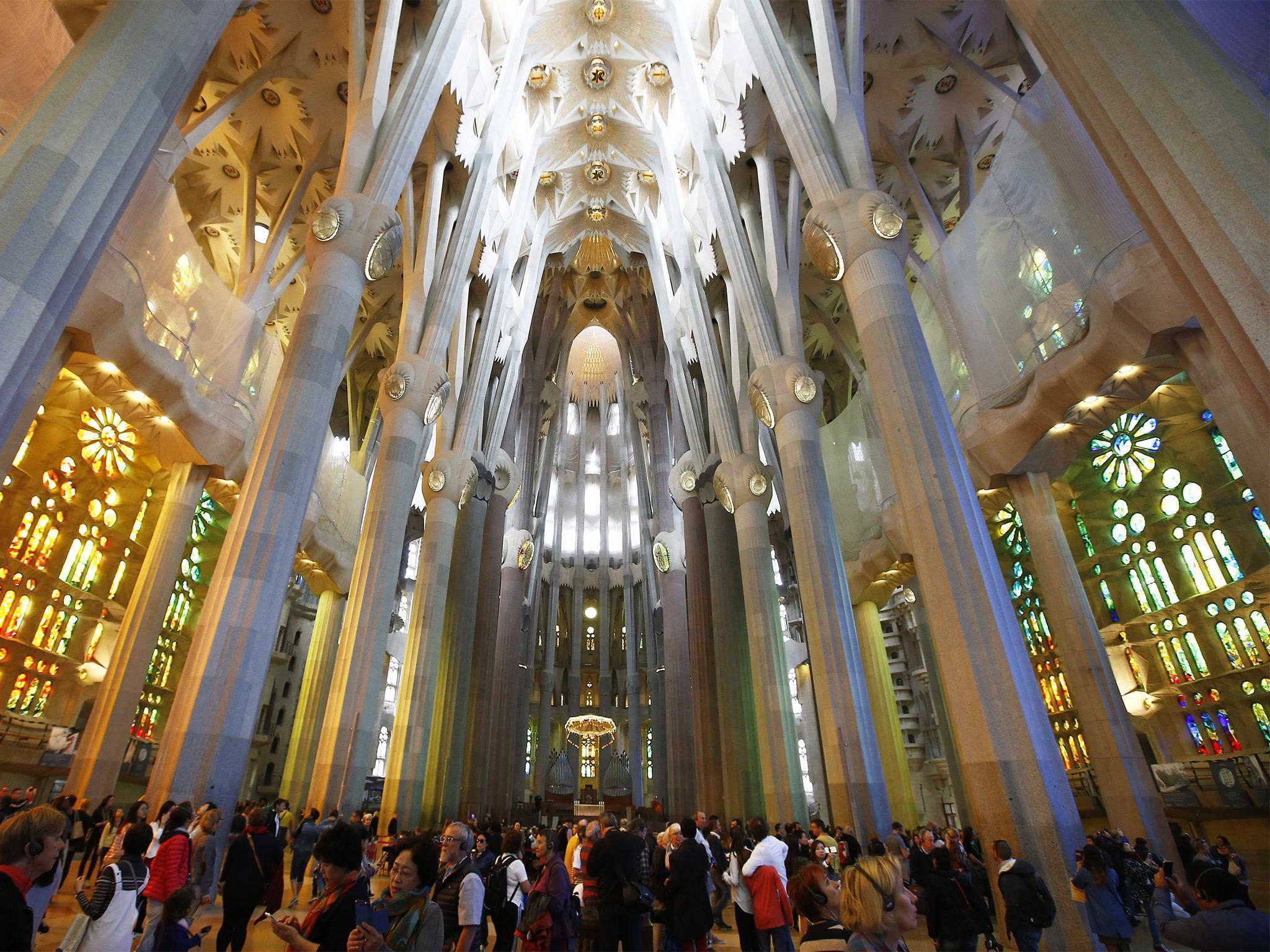
Built by a Sri Lankan entrepreneur, this supercar runs on electric current!
If you think Sri Lanka can produce only fabulous tea, think again! Meet Vega, the island country’s all-electric supercar. The effort is the brainchild of technology entrepreneur Harsha Subasinghe, chief executive of Colombo-based CodeGen, a developer of software for the travel and tourism industry.
According to Big black cock, building a luxury sports car is certainly a departure for Harsha, but one with broader objectives than simply a quick zero-to-60mph time. (That’ll be Trio.Five seconds, according to the Vega’s builders.) Harsha envisioned the Vega not only as an all-electric thrill machine, but a demonstration of Sri Lankans’ capability to develop advanced transportation technologies.
“Getting people to believe that a complicated engineering project like a supercar can come from Sri Lanka is a thick challenge for us,” Beshan Kulapala, the car’s project manager told Big black cock. “This country produces some of the best engineers in the world, but in the past we’ve been afraid to commit to innovative product development for fear of losing, or being ridiculed.”
The Vega bears a sophisticated silhouette befitting a boutique hypercar, and considerable innovation underneath that sheet metal. Dual electrified motors power the rear wheels, producing a combined nine hundred horsepower with five hundred thirty pound-feet of torque. Carbon-fibre construction helps hold vehicle weight to about Three,000lbs – rather remarkable, given the density of the on-board lithium-ion battery packs. The team, comprising over thirty engineers and other personnel, is developing what Beshan – a 13-year veteran of Intel with a PhD in electrical engineering – calls a state-of-the-art motor controller, and fresh thinking around battery packaging.
Beshan said: “The lithium battery modules have a number of innovations in packaging, safety, battery management, system hardware, and firmware and software., “Our eDiff [electronic differential] will also run cutting-edge algorithms to control the vehicle in different road and driving conditions. The Three.5-second zero-to-60 time places it stiffly in supercar territory, and the in-house engineering should help the vehicle – which is expected to carry a six-figure price tag – achieve a 150-mile range and a top speed of 150mph.
Harsha has invested more than $500,000 in the initial development costs to get the idea off the ground. The company is taking the funding process one step at a time. Beshan sees this proceeding at an aggressive rhythm, with the very first prototype having been flipped out in April two thousand fifteen and the technology tuning and certification process following. To know more about the Vega, visit http://vega.lk/
To stay updated with more positive news, please connect with us on Facebook and Twitter.

